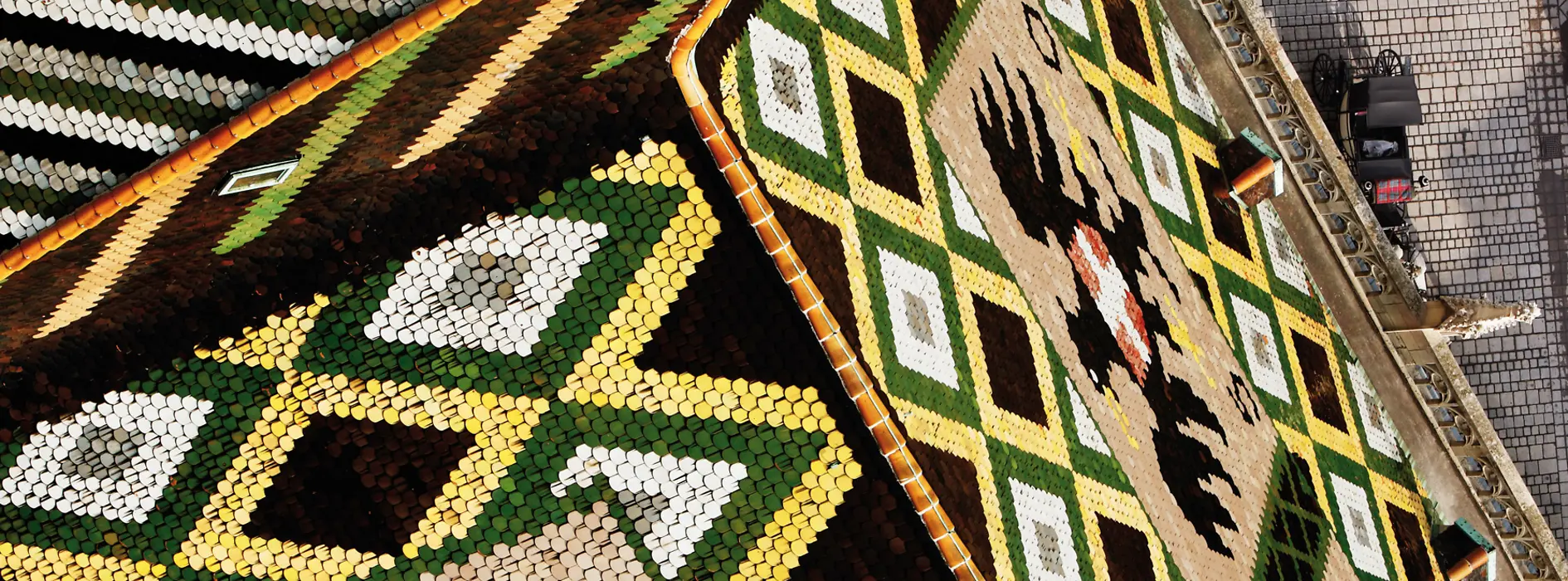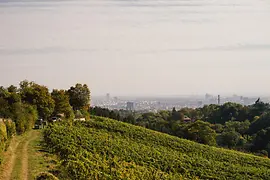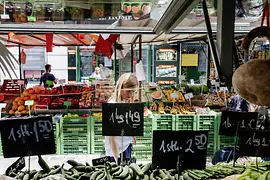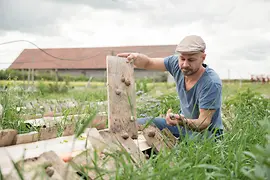Vienna Media News – June 2023 Urban Agriculture, Viennese Style
- Vienna is a cucumber capital: Two out of every three cucumbers grown in Austria come from the nation’s capital. 29,000 metric tons of cucumbers are harvested in Vienna each year, with tomatoes the next-largest crop with an annual output of 20,100 tons (source: Statistics Austria Harvest Survey 2020).
- The scale of Vienna’s farming industry speaks for itself: around 6,336 hectares, or about 15% of Vienna’s total area, is given over to agriculture (source: 2022 Wiener Landwirtschaftsbericht) About a third of the capital’s arable land is used for organic farming, making Vienna one of the nation’s leading provinces in this regard.
- Vienna satisfies a significant proportion of its own demand for vegetables: local producers supply around a third of all the veggies consumed in the city (source: Vienna Chamber of Agriculture). Logistics chains could scarcely be any shorter.
- Soy made its debut in Vienna in 1873: the soybean was introduced at the Vienna World's Fair where it was showcased in front of an international audience for the first time. Viennese agricultural expert Friedrich Haberlandt spotted it at the expo and immediately identified the great potential of this exotic legume. Today, soy is grown on over 224 hectares of Viennese arable land (source: AMA Marketing). Find out more about soy in Vienna
- Vienna also has its own significant fig growing operation: the Viennese fig is highly rated by restaurateurs. It stands out thanks to its exceptional flavor which comes courtesy of the fact that the fruit is harvested locally when it is perfectly ripe. They are grown at the organic fig farm near Schloss Neugebäude in the 11th district, Simmering.
- The “Giants of Aspern” are a typical Viennese radish variety: This heritage, large-rooted cultivar is particularly juicy and mild in flavor. Although they are named for part of a different Viennese district, nowadays the Giants of Aspern are actually most likely to be found growing in Simmering. Radish cultivation takes up about six hectares of Viennese farmland, and a large part is accounted for by the Giants of Aspern (source: Statistics Austria, 2020 Agricultural Statistics).
- Vienna has a significant winegrowing industry: the city has about 600 hectares under vine tended to by some 176 vinicultural enterprises (source: Statistics Austria 2020 Farm Structure Survey, published in 2022). When it comes to the wines, the focus is definitely on whites, with reds very much taking a back seat: more than 80% of the capital’s vineyards are devoted to the former.
- Vienna also has its very own type of wine in the shape of the Viennese Gemischter Satz: this old Viennese specialty was all but forgotten until a few years ago, when a group of committed winegrowers vowed to take it to the top table – and successfully so, as it is now cultivated in almost 40% of the city’s vineyards. (Source: Vienna Chamber of Agriculture)
- The City of Vienna even runs its own organic farm and a winery: the land looked after by the Lobau Biocenter is distributed throughout Vienna, with vegetables, potatoes and cereals forming the bulk of the crops. And the City of Vienna runs the Cobenzl Winery on the Cobenzl – one of the landmark hills on the city’s outskirts. Both are flagship operations and attract a lot of interest from other cities.
- The City of Vienna is one of the biggest players in the Austrian agriculture sector and ranks among the nation’s largest organic farmers: in total, the city cultivates about 2,200 hectares of arable land and vineyards, the majority of which is organic. There is even a separate organic brand to show consumers that the products concerned are from the city’s own producers: Wiener Gusto. (source: Wiener Landwirtschaftsbericht 2022, published every two years)
- Vienna has a niche snail farming industry: Andreas Gugumuck's snail manufactory is the most unusual farm in the city by some distance. But snail farming has a long tradition in Vienna. The Austrian capital was a mecca for lovers of escargots right up until the early 20th century and even had its own snail market behind the Peterskirche church. Andreas Gugumuck has breathed fresh life into snail farming and the Viennese snail is making a comeback in the city's restaurants.
- Vienna has its own innovative take on fish farming: blün’s business model focuses on a contemporary circular economy fueled by aquaponics. The water from the fish ponds is used as fertilizer for vegetable crops. Besides Viennese catfish, the company’s other specialties include the Tyrolean Alpine shrimp.
Addresses:
- Bio-Feigenhof, Am Himmelreich 325, 1110 Vienna, www.feigenhof.at
- Weingut Cobenzl, Am Cobenzl 96, 1190 Vienna, www.weingutcobenzl.at
- Wiener Gusto: https://wienergusto.at
- Wiener Schneckenmanufaktur Gugumuck, Rosiwalgasse 44, 1100 Vienna, https://gugumuck.com
- blün, Schafflerhofstrasse 156, 1220 Vienna, https://bluen.at
Contact
Helena Steinhart
Media Relations
+43 1 211 14-364
helena.steinhart@vienna.info






